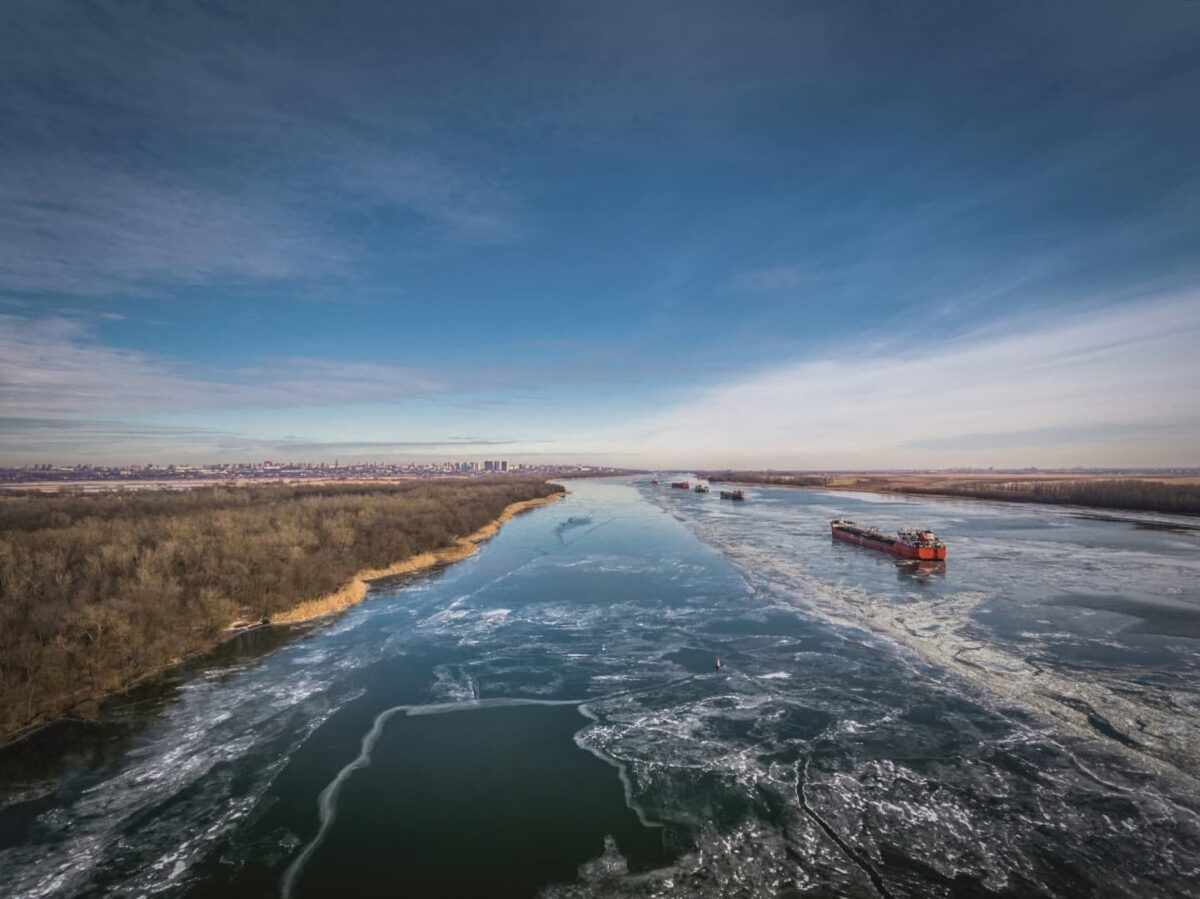River transport occupies a significant place in the transportation of goods in the northern part of the country. The railway network here is not sufficiently branched, and the density of the network of inland waterways is 2 times higher than the corresponding figures for the Russian Federation. The share of river transport in these areas ranges from 60 to 80%. Komi river freight transportation is especially relevant in hard-to-reach areas in the absence of rail and road transport. Deep-water inland routes have a large carrying capacity comparable to multi-track railways. In addition, cargo transportation by river vessels costs on average 2-3 times cheaper than other types of transport.
Transportation of bulky goods along the northern rivers (Pechora, Ukhta, Usa) is limited by many factors. Transportation is seasonal and largely depends on weather conditions. The duration of navigation is from 145 to 180 days per year. The main cargo transportation Usinsk, Inta, Ukhta, etc. fall in the warm season. The bulk of the cargo is wood, coal, oil, non-metallic building materials.
What is the cost of transportation along the northern rivers?
Cost is the most important component when choosing a transportation method. It represents the current operating costs that fall on the unit of transport work. This indicator is measured in rubles per tonne-kilometer. The cost of river transport depends on many factors:
- track profile;
- climatic conditions;
- Duration of navigation;
- the cost of technical equipment;
- total traffic volume and their range;
- fuel consumption and labor;
- resistance to movement;
- duration of work during the day;
- percent empty mileage, etc.
River freight transportation is divided into direct and local oversized transport. The main advantage of this delivery method is the unlimited dimensions and extra-heavy weight of the cargo, the limiting values of which are limited only by the carrying capacity and dimensions of the vessel.
The advantages of river freight transport
Among the main advantages of the Komi cargo transportation on inland waterways are efficiency and safety. If we compare the transportation of goods of more than one hundred tons to a distance of more than 250 km, then river transport will be the cheapest. For example, a single barge with construction cargo can replace 45 railway wagons or 105 dump trucks. At the same time, the specific energy costs of river transport are much less than with other transportation methods. The main advantages of transporting goods by river:
- affordable cost;
- the ability to transport bulky and heavy loads;
- great carrying capacity;
- the possibility of delivery to inaccessible places in the absence of railways and roads.
Cargo transportation of Komi by river transport does not harm the environment. This type of delivery is the most environmentally friendly. For example, 1 kg of greenhouse gas emissions per tonne of cargo for air transport is 2 km, for the railway 40 km, for automobiles 10 km, and for water transport from 70 to 220 km. Low infrastructure costs are caused by an extensive network of waterways and small capital investments per 1 km of track with equal throughput.
For some northern regions, river transport is the only way to deliver goods. With its help, the northern delivery is carried out. For cargo transportation to Usinsk and other areas by water, traditionally low-tariff cargo is transported. At the same time, the share of fuel in the cost of transportation is about 35%. Water transport is the most optimal and inexpensive way to transport heavy, oversized and bulk cargoes, round timber, fertilizers, agricultural products and non-metallic building materials.
